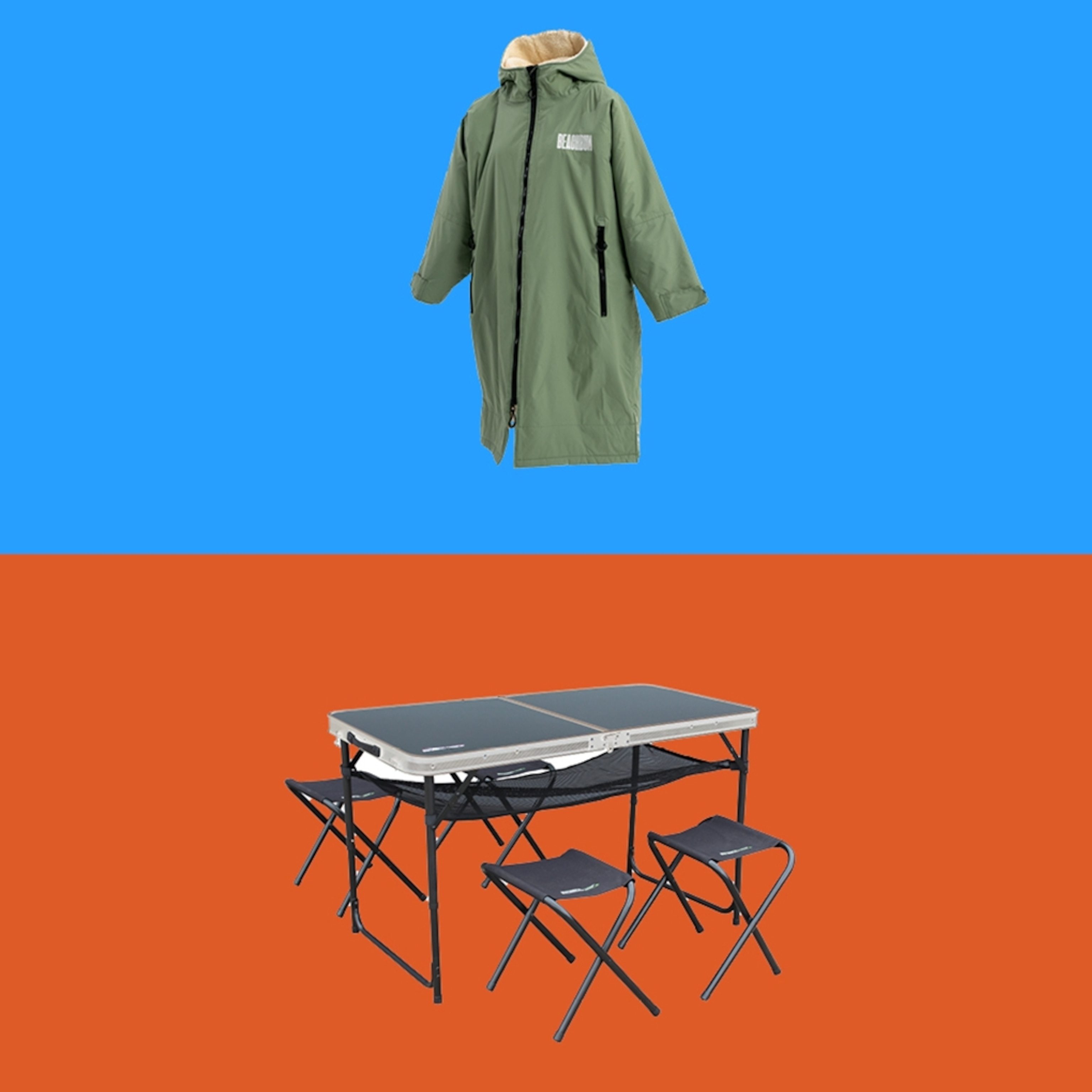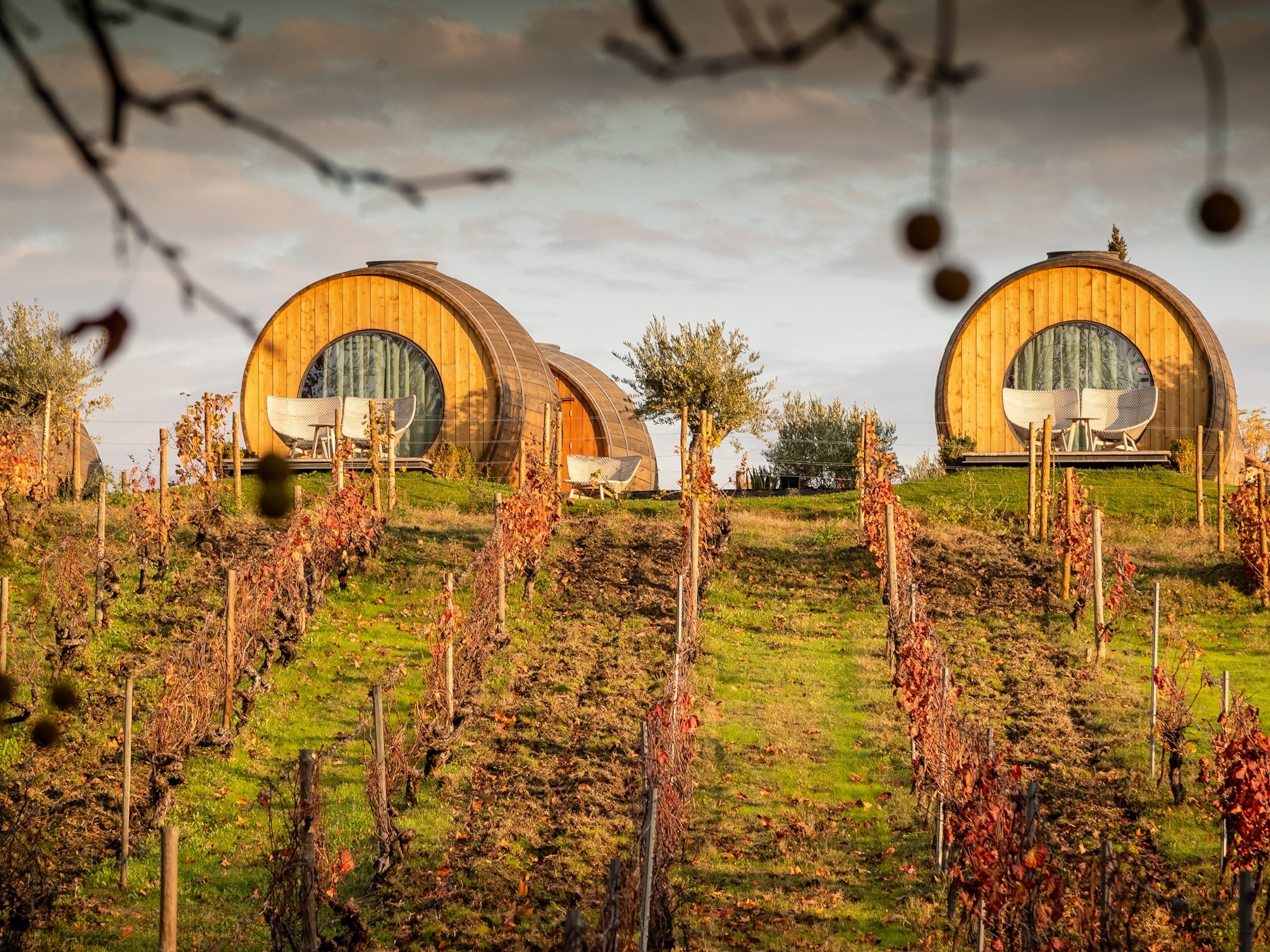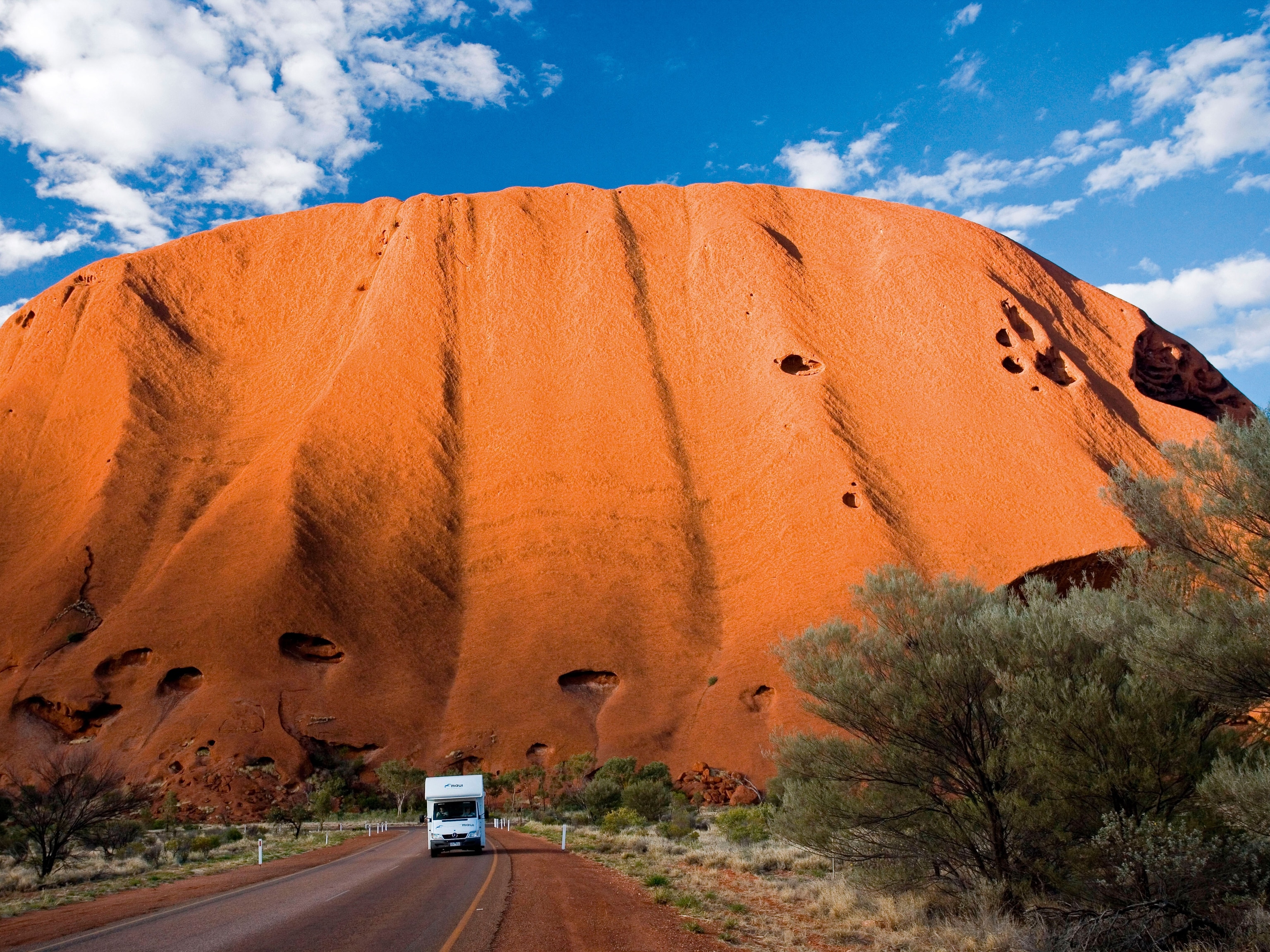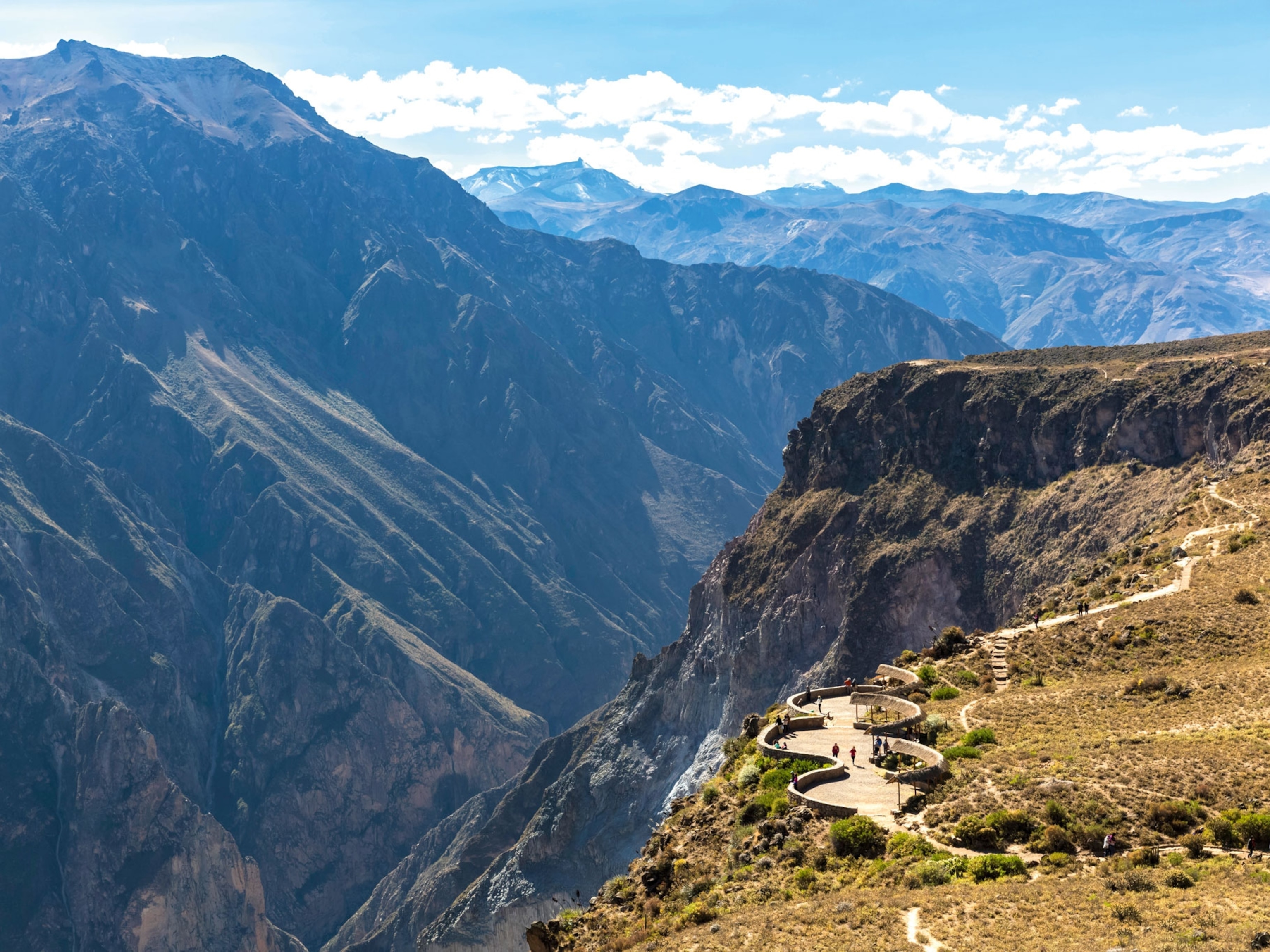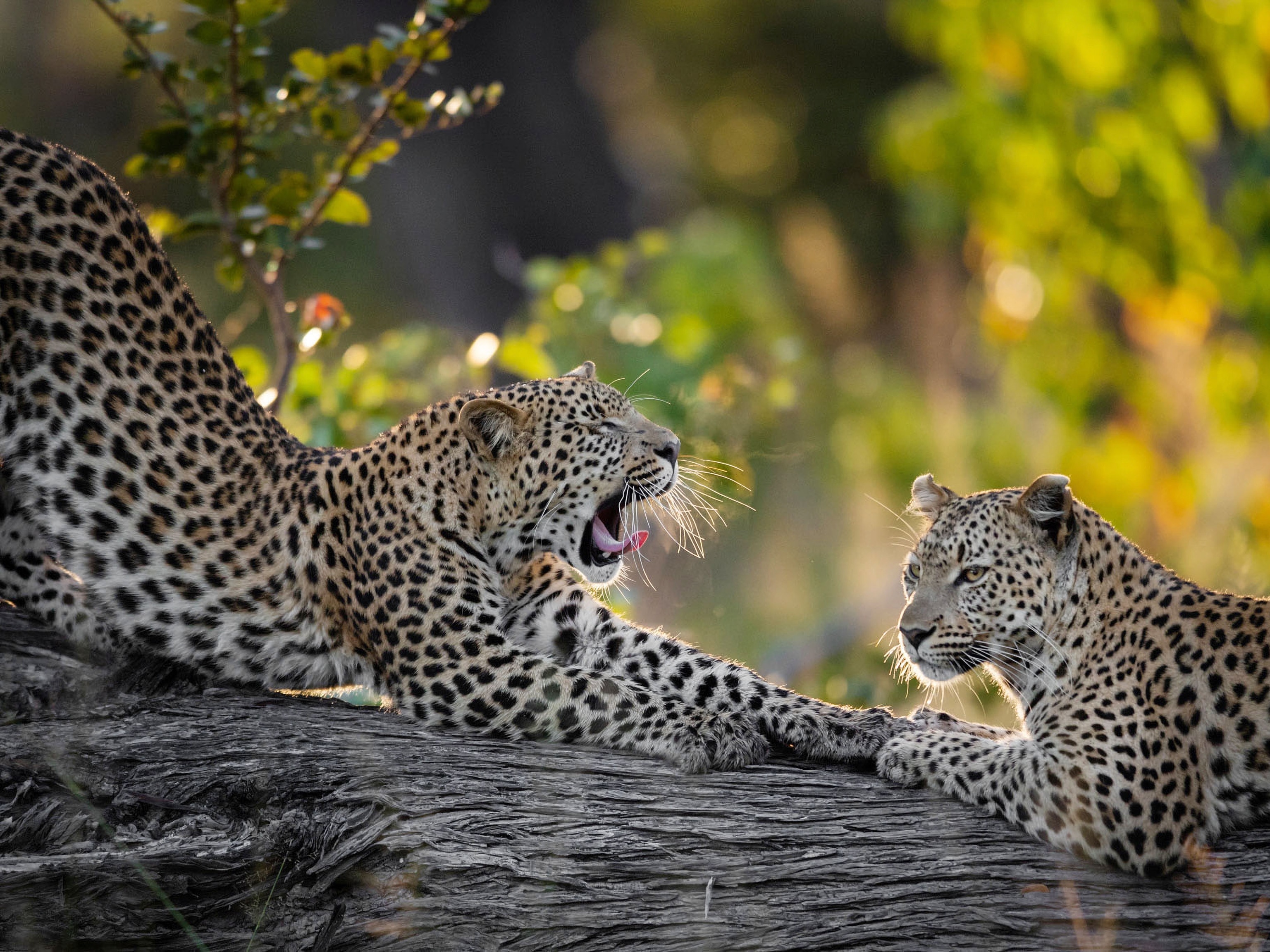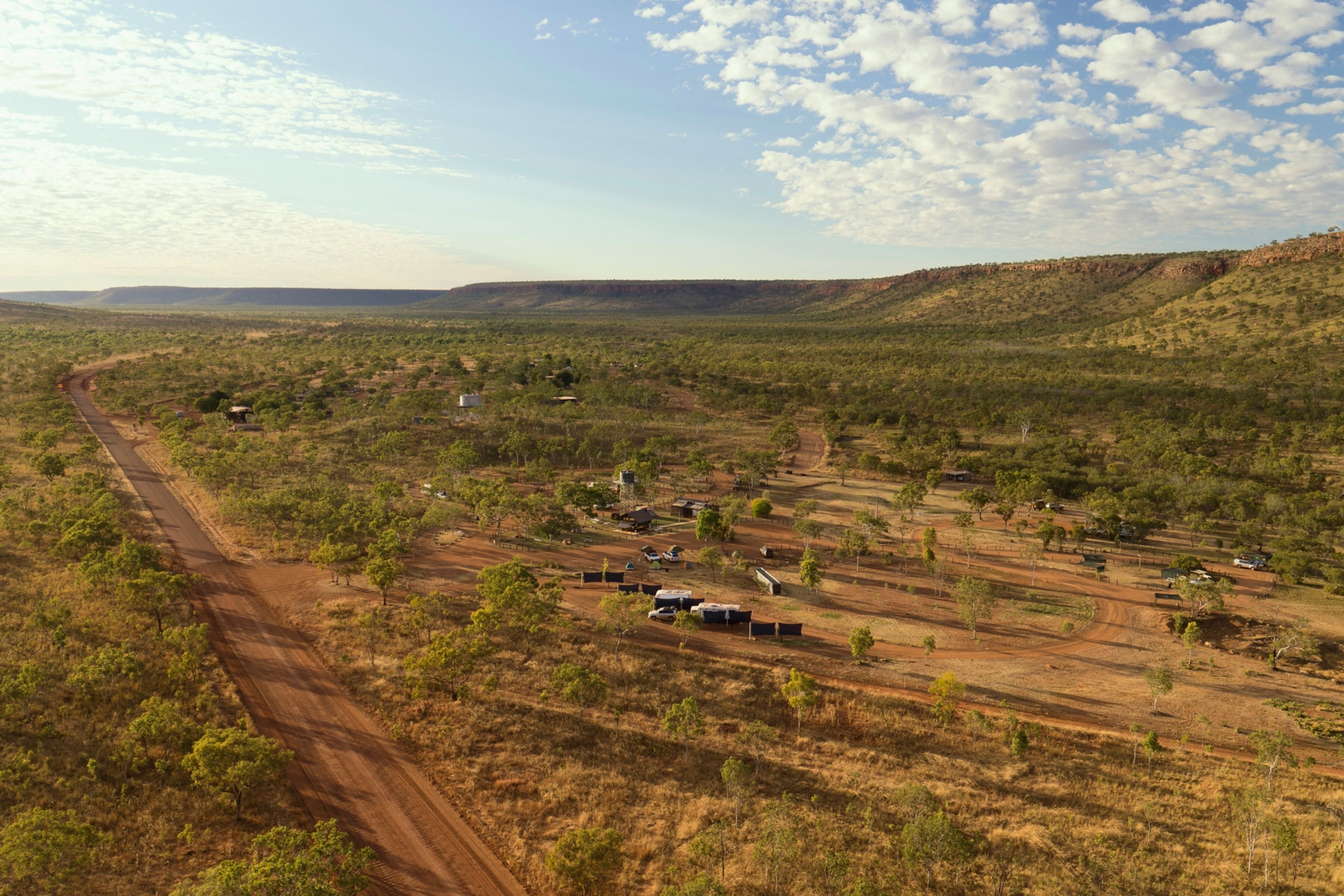
7 must-visit campsites in Western Australia
Pitch your tent under the starry skies of the Outback and discover age-old Aboriginal traditions, world-famous vineyards and coral-dotted coastlines in Australia's largest state.
Campers looking for variety seem naturally drawn to Western Australia. Occupying a third of the country's land mass, this 975,685sq-mile state is celebrated for its diverse national parks and mountain ranges, otherworldly salt lakes and incredible Indian Ocean coastline. With hundreds of independent and national park campgrounds spread across the region, camping provides an opportunity to get closer than ever to the adventures Western Australia has to offer. Whether in national parks, next to white sand beaches or part of Aboriginal Australian communities, these seven campsites offer something distinctively memorable.
1. For reef snorkelling: Osprey Bay
Like many of Western Australia’s most spectacular campgrounds, Osprey Bay in Cape Range National Park is simple in its offerings. Sites are unpowered — so it's key to pack battery-operated devices — and there are few facilities beyond the pit toilets and picnic tables. But, just a few steps from your tent, you'll find Ningaloo Reef with its mesmerising blue hues and colourful corals that run little more than a hundred feet offshore. Pack a snorkel, and the day’s entertainment is spotting turtles and swimming beside darting multi-coloured fish. The nearest town is Exmouth, an hour’s drive away around the Northwest Cape.
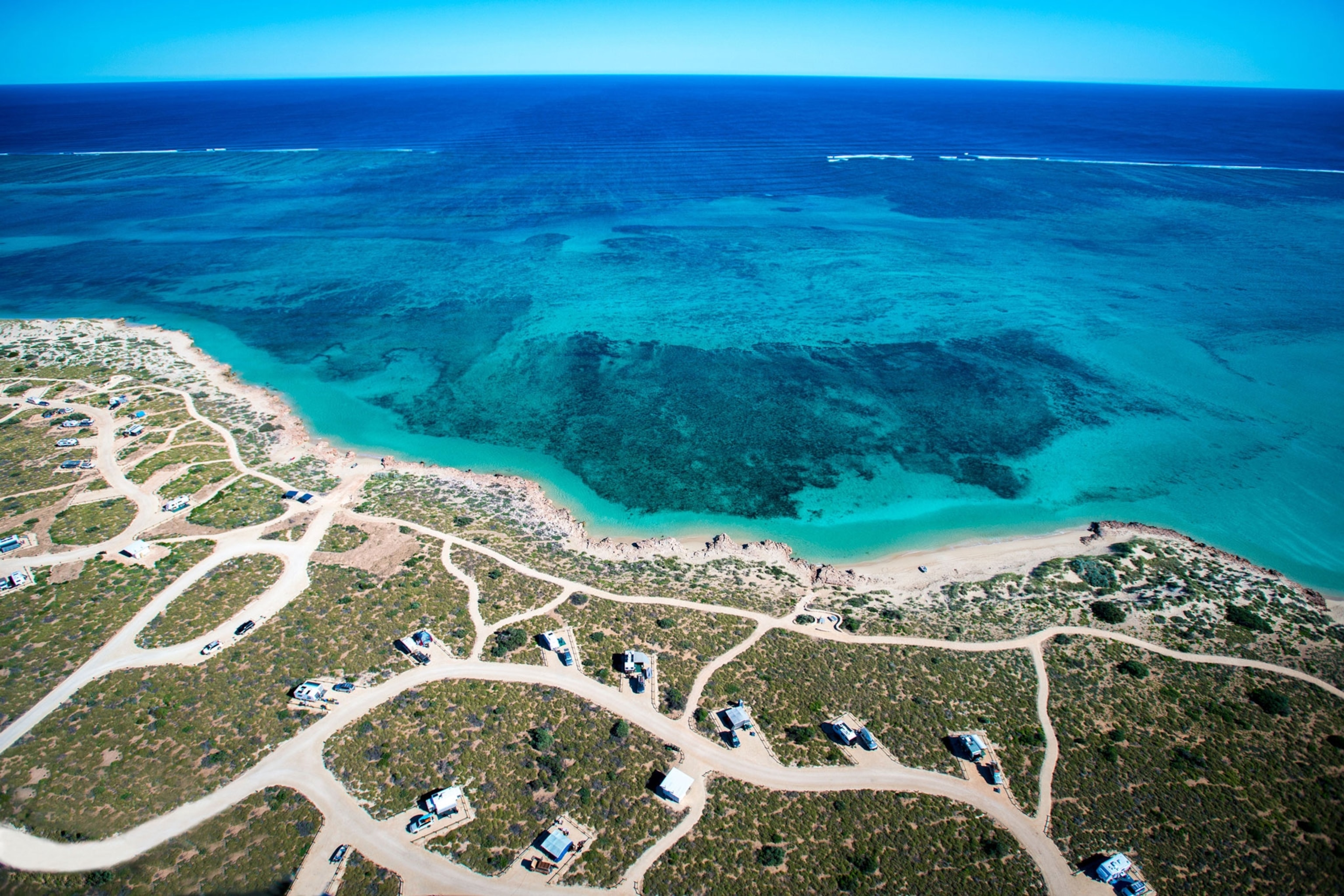
2. For wine lovers: Fair Harvest
The Fair Harvest permaculture farm proves that it’s not just the world-class wines that draw visitors to the Margaret River region. Hosting campers looking for a more eco-conscious stay, Fair Harvest has an outdoor kitchen made from timber harvested on site and a farm cafe where you can buy fresh produce and home-cooked meals. Guests are free to wander the gardens, go bushwalking in the private forest, or take a class in the on-site yoga barn — the only campsite yoga studio in the area. Located around three miles from the town of Margaret River, it’s within easy reach of the region’s caves, surf beaches and — of course — wineries.
3. For beach campers: Lucky Bay
In 2017, a scientific study was carried out to discover which Australian beach had the whitest sand and Lucky Bay, in Cape Le Grand National Park on the southern coast of Western Australia, emerged victorious. Up close, the beach is an outrageous stereotype — a fine quartz dazzler, lapped by turquoise water and often frequented by kangaroos bounding at the sand’s edge. The Lucky Bay campground sits right behind the beach and is well equipped with flush toilets, showers, barbecues and picnic tables — though campers do need to bring their own drinking water. It's just under an hour’s drive east of Esperance, a great place to pick up food and supplies before arrival.
4. For otherworldly saltpans: Lake Ballard
There are some incredible salt lakes across Western Australia, and Lake Ballard, a two-hour drive north of the gold mining town of Kalgoorlie, is a favourite among campers. Besides its shimmering salt pans, this Outback lake plays home to one of the world’s most haunting and unusual art installations. Antony Gormley’s Inside Australia sees 51 spindly, human-height figures spread across the salt horizon, each representing one of the local residents of the nearby town of Menzies. It’s particularly striking at sunrise and sunset when the reds and oranges of the sky contrast with the statues' silhouettes on the white pans. Stay at the Lake Ballard campground, a free camping site by the lake edge that offers ample opportunity to admire the clear night skies around a campfire. This site is most suited to self-sufficient campers as drop toilets are the only facilities provided. There's no electric hook-up option either, so be sure to bring battery-operated devices such as camping lamps and (weather depending) heaters or fans.
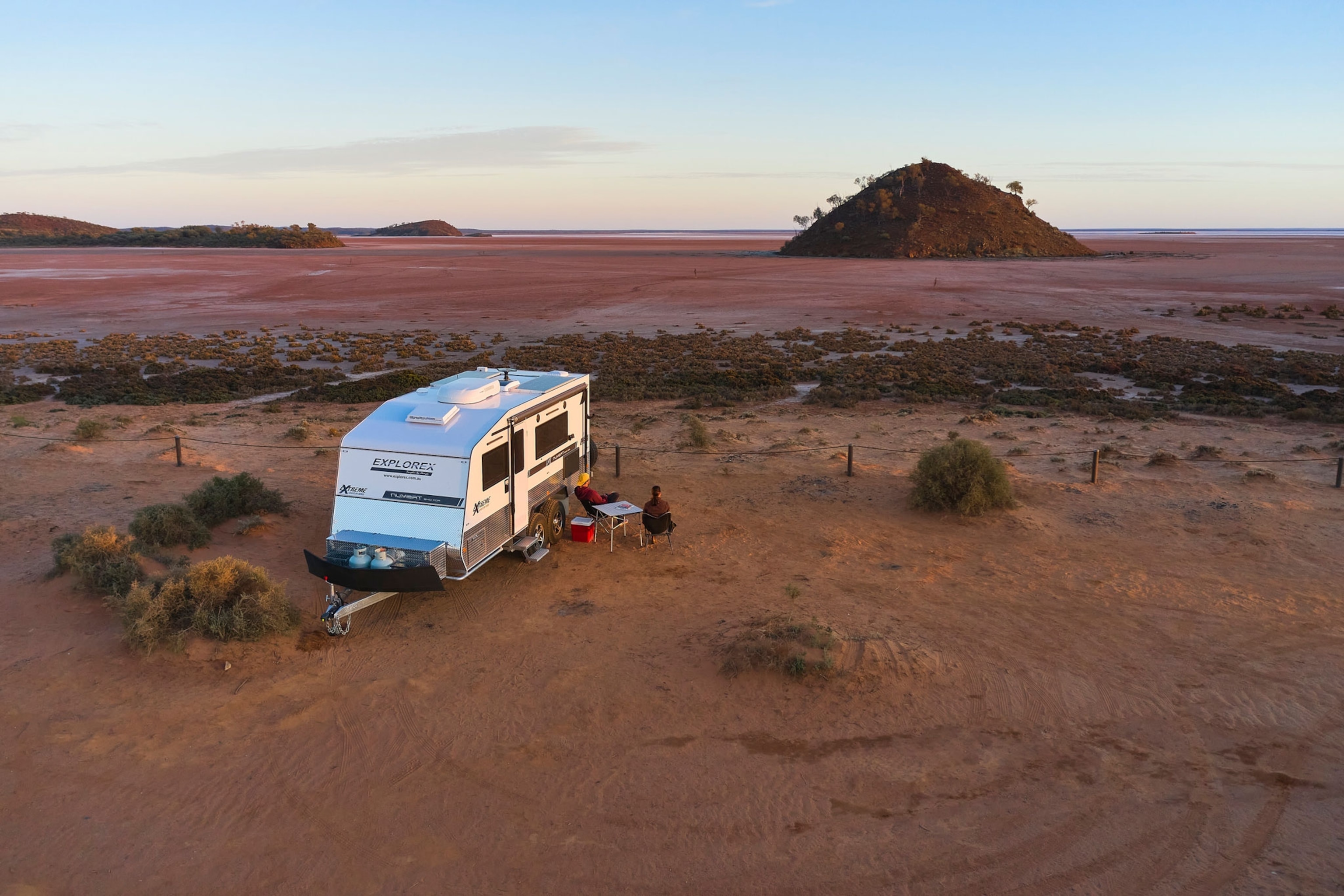
5. For forest camping: Serpentine Falls
Camping near Perth is best done in the Darling Range, a low escarpment that extends south-west of the city. Tasman Holiday Parks Serpentine Falls is a 50-minute drive from Perth's centre, and offers both powered and unpowered pitches on the edge of Serpentine National Park. This is a place of bulging granite outcrops, imperious hilltop lookouts and weaving riverside walking trails, all surrounded by the tall jarrah trees that are a trademark of Australia’s south western corner. Campers are also just a 25-minute hike away from Serpentine Falls, where water cascades down granite slabs as western grey kangaroos look on. Additional facilities at the park include a solar-heated pool, camp kitchen and laundry.

6. For an island escape: Rottnest Island
More commonly a day trip destination, Rottnest is a car-free island best explored by bike and ringed by glorious Indian Ocean beaches. There are options for luxurious glamping at Discovery Parks Rottnest Island, but those looking for a more traditional camping experience should head instead to the Rottnest Island campground. Here, you'll find bathroom blocks, a camp kitchen and barbecues, but the main talking point is the site's large population of quokkas, the charming mini marsupials that are close relatives of the kangaroo.
7. For Aboriginal culture: Imintji
The Imintji Campground lies on the legendary Gibb River Road, a dry season-only, four-wheel drive route through the Kimberley, in the far north of Western Australia. Located at the foothills of the Wunaamin Miliwundi Ranges, Imintjii is a simple yet well-maintained campground that includes washing facilities, fire pits, BBQ shelters, outdoor seating and water taps. Surrounded by the signature Australian red earth, it's a great base for visiting the dramatic landscapes of Bell Gorge, Tunnel Creek and Windjana Gorge. The site is part of an active Aboriginal community — with a community store right next door — and it's also one of the few campsites in the world that can boast its own art centre, with works by local Indigenous artists on sale.
To reach Western Australia, fly from Heathrow to Perth International Airport or Broome International Airport. Consider packing a high quality rechargeable battery set, such as the GP Recyko B441 charger and batteries, for your camera and camping equipment when you travel. For more information on GP Batteries, go to gpbatteries.world/NGT
To subscribe to National Geographic Traveller (UK) magazine click here. (Available in select countries only).
